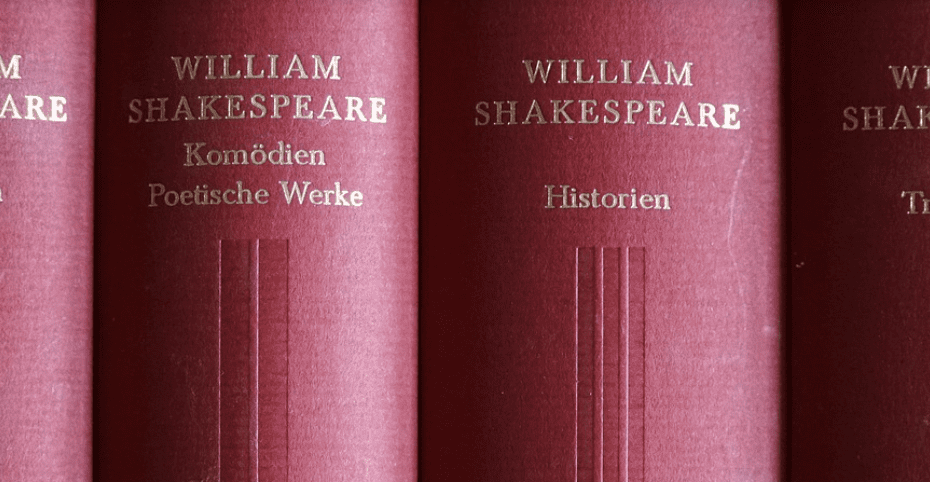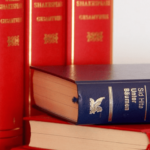Richard III is a play by William Shakespeare, based on the life of King Richard III of England. The space is grouped among Shakespeare’s late-period tragedies. The play has many themes and motifs concerning death and what it means to have power, control, or influence over other people’s deaths. There are also themes about the frailty of human nature and how ambition leads to conflict with oneself and others. Richard presents himself as a man with no desire to be the king. However, like many Shakespearean characters, he is given as a tragic hero. His downfall is helped by his flaws and the flaws of those around him. Other Shakespearean plays and articles also influence the themes of Richard III. There are hints of Macbeth, Hamlet, and Julius Caesar. In Richard III, the famous line “All the world’s a stage” is repeated many times. Shakespeare contrasts various characters in manners that evoke the themes of guilt, innocence, and wisdom in his works. For example, Richard speaks of his perceived greatness in “Richard III” by saying, “all the world’s a stage” while he is busy massacring an entire city.
1. Act I
Richard was the new King of England, crowned by his brother, Edward IV. Richard does not want to be king, but he is one nonetheless. Richard meets with his brother Edward, who is visiting him in disguise. Edward explains that he will be going to Gascony for a while and that the new Queen of England has just died. Richard speaks of a dream he had, which is that of a cuckoo bird. He says this dream was like the man who sings before death and then dies. The bird in the dream represents Queen Anne. Queen Anne died shortly after giving birth to Elizabeth, Richard’s niece, who he ultimately wants to marry.
2. Act II
Richard spends most of his time plotting his next move to become king permanently. He kills Christopher Plantagenet, the Duke of York, to take over his title and lands. This is the same thing that Richard did at the beginning of the play when he tried to kill Edward IV to become king. Richard speaks of himself as a cuckoo bird and says that those who love him must follow him to death. Richard does not think about what could happen in the future because he only thinks about current events and their threat. Richard says he killed his brother, the Duke of Gloucester, by letting him “slip.” He says that he did not want to kill the Duke but that since he was a man of power and authority, “What should I do?” This shows that Richard is a tragic character whose preparation for death causes him to be unable to handle it. Richard reasons that he cannot live cruelly.
3. Act III
Richard appears in the play by himself. He says that he has come to do what he came for. Richard, along with his brother, Henry Stafford, is buried alive in a coffin. The play-within-a-play is presented to Richard III as if it were a dream within a dream. Richard’s son says that his father is dead. Richard says that it is a dream of the night and that it is not reality. Richard’s son, who hates Richard, asks if he can touch the king’s head and tell him what he thinks of him. Richard replies, “I have had such sights before my death.” The English servants are pleased when they find that the new queen, Lady Anne, has died in a childbed during childbirth after giving birth to a daughter. Richard knew this would happen but did not allow anyone to help her. The idea of a king and servant is also presented in the play-within-a-play. The actor playing the king says he will kill himself if he loses a battle, which Richard does in real life. The servant, who plays the part of the queen, says that she will not marry her lord’s brother because it is against their nature. This shows how Richard’s nature is against his brother’s nature and therefore causes conflict between them.
4. Act IV
Richard’s niece, Elizabeth, is given a false report about what happened to her mother. Richard is involved in this event as well. He does this because he wants Elizabeth to marry his son and heir, Edward. This will give him power over England and keep the throne from going to anyone else, such as the Duke of York’s son. Richard says, “Sister, I would advise you to keep your estate. I am a cuckoobird, and so are you.” This shows how Richard plans his own death by wanting his son to become king to keep control over England. This manipulation of power and influence over other people’s deaths is also present in the play. Richard seems happy as if he has won, but he does not have genuine feelings for anyone. He only thinks about himself and his needs, desires, and thoughts.
5. Act V
Richard III dies. He was killed by a man he thought was his friend, so he does not have genuine feelings for anyone either. This shows how Richard’s desire to control people caused him to lose power, loyalty, and love. The last lines of the play explain the fate of the main characters. Queen Elizabeth is proclaimed Queen Elizabeth I, and she says that Plantagenet blood will not reign longer in England. This predicts the future monarchs: Edward V and Elizabeth’s son, Henry VIII.
6. Acts I-VI
Shakespeare wrote this play to be adapted to fit different times and locations. In particular, the date “1509”, when Queen Anne died in childbirth, has been changed to 1552 in some productions. This change was made because Shakespeare wrote his play in response to the events of the English Reformation. In the same way, the title of “Richard III” is also changed. In some productions, it has been called “The Tragedy of Richard III,” while in others, it has been called “Richard III.” Shakespeare used many classical elements in his plays. In Richard III, he uses a group of aristocratic characters who face conflicting and opposing aims and are full of self-interest. He also uses the theme of justice versus revenge and the conflict between love and duty.





